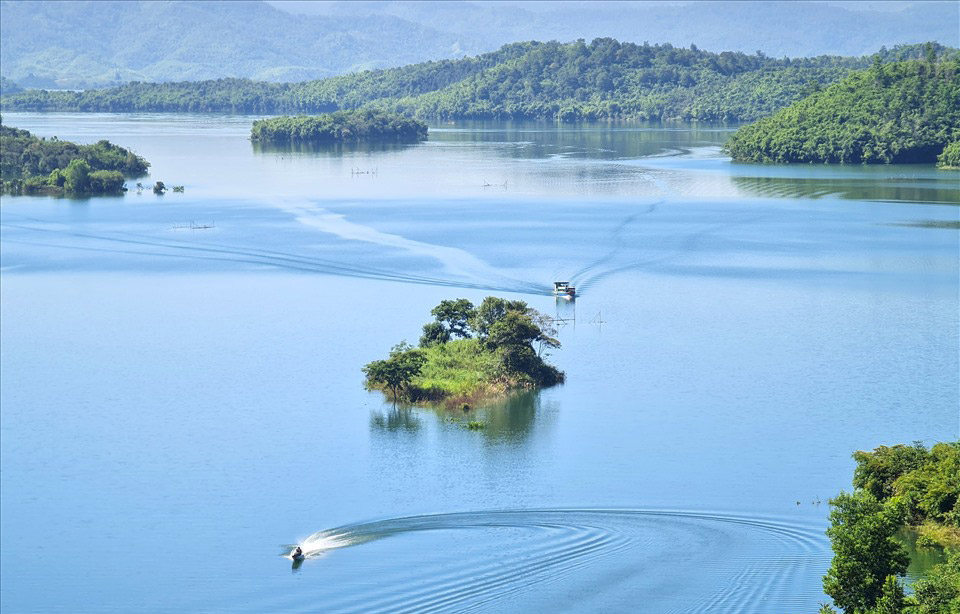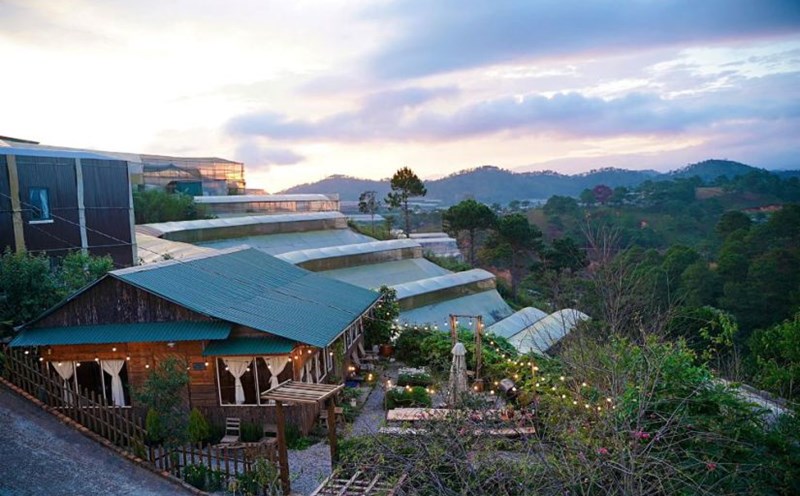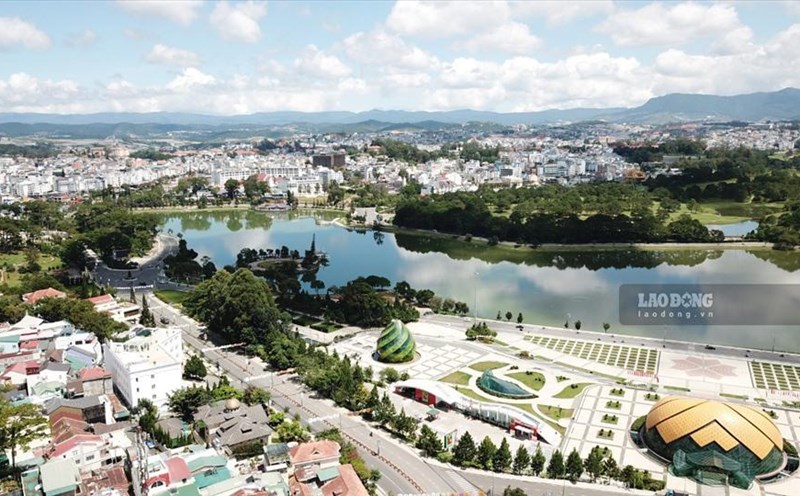According to Resolution 60, after implementing the merger of administrative units, Vietnam is expected to have 28 provinces and 6 centrally-run cities. Of these, 11 provinces and cities will remain in their original state.
Currently, Nghe An is the province with the largest area in the country with nearly 16,500 km2.
After completing the merger, the new province is expected to have the name Lam Dong, formed from three provinces including Lam Dong, Dak Nong and Binh Thuan, and will become the largest province in the country with more than 24,200 km2 of natural area and a population of about 3.3 million people.
After the merger, Hung Yen will be the smallest province in the country, with an area of about 2,514.8 km2 and a population of more than 3.2 million people.
Following Lam Dong in terms of area is the new Gia Lai province (merged with Binh Dinh province) with an area of 21,576.5 km2.

The new Dak Lak, after merging Phu Yen province, will become the third largest province with an area of over 18,000 km2.
Lam Dong province after the merger will also be in the top 10 localities with the largest economic scale in the country. Looking at the East-West axis, this locality has a strategic location as it is both adjacent to the sea and borders Cambodia.
On the tourism map, both Lam Dong and Binh Thuan are popular destinations.
In 2024, Lam Dong achieved the 9th highest tourism revenue in the top 10 provinces and cities with the largest tourism revenue in Vietnam, according to data from the Vietnam National Administration of Tourism. The locality welcomed 9.4 million visitors, earning 15,500 billion VND from tourism in 2024.
Binh Thuan also recorded strong growth in the number of visitors and revenue after the new expressway connecting Ho Chi Minh City with the South Central region came into operation.
According to the Binh Thuan Provincial Statistics Office, the estimated number of tourists to Binh Thuan in 2024 will reach 9,657,000, an increase of 15.64% compared to 2023.
While Lam Dong stands out with its mountain scenery and famous destinations such as Da Lat, Bao Loc... Binh Thuan attracts tourists with island tourism, notably the beaches in Phan Thiet, Mui Ne.

Meanwhile, Dak Nong is more modest in terms of number of visitors and tourism revenue. Dak Nong has tourism revenue of 195 billion VND, an increase of 21.87% compared to 2023; reaching 101.5% of the annual plan. The locality owns many unique destinations such as Ta Dung National Park, volcanic caves, large waterfalls and ancient villages imbued with the identity of the Central Highlands.
Information about the merger of these three provinces has received special attention from the tourism community. Many tourists enjoy the journey of Lam Dong province after the merger, when they can explore from high mountains, lakes, waterfalls... to seas and islands.

In recent years, Lam Dong has implemented tourism development linkage programs and participated in tourism promotion and advertising activities in many provinces and cities across the country; formed inter-route tours, connecting destinations of Lam Dong and other provinces and cities.
The new linkage between provinces after the merger will help localities take advantage of existing strengths, develop rich and diverse tourism products from cultural, historical, sea and island tourism to community tourism to attract visitors. The linkage for tourism development after the merger also creates conditions for tourism businesses to exchange and cooperate to grow together.






